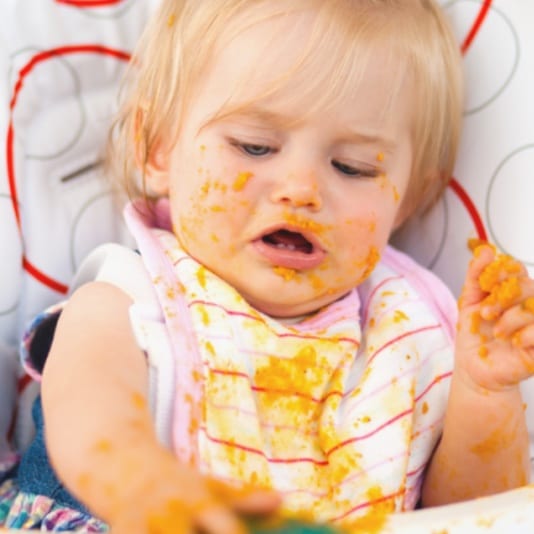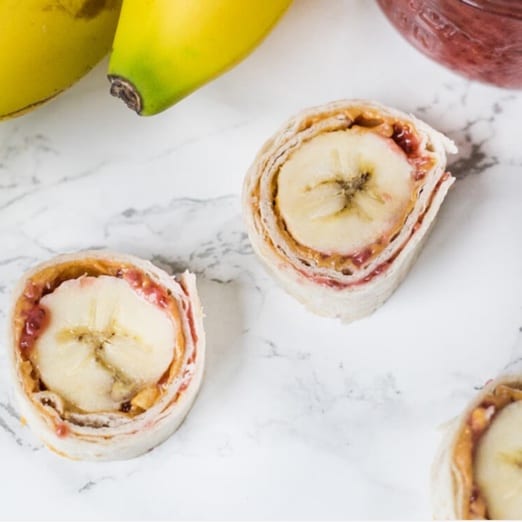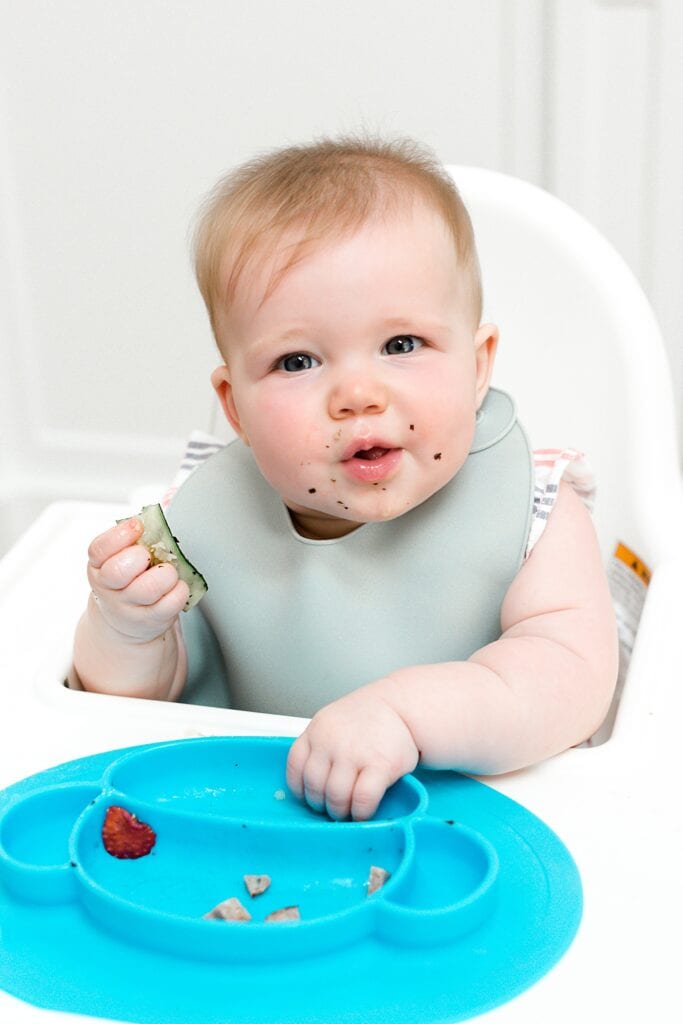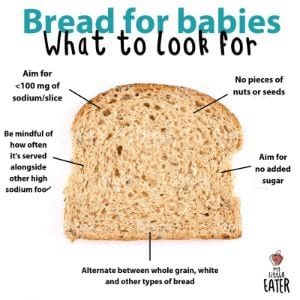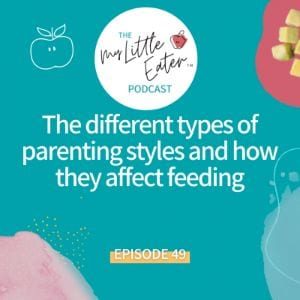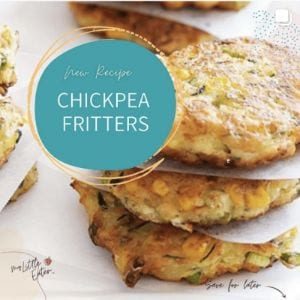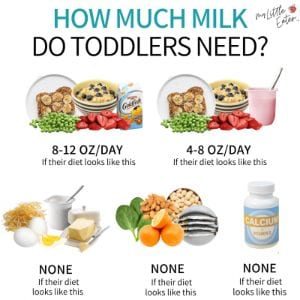
Gagging and choking. **cringe**
Two of the most concerning topics for parents when introducing solid foods to babies.
And rightfully so!
Like most parents, you probably have a long list of questions such as…
“How do I prevent my child from choking?”
“How can I tell the difference between gagging or choking?”
“What do I do if any of these happen?”
And finally….
“How do I get over my extreme fear of choking!?”
As parents, our minds whirl around endlessly with the “what ifs” and “how to’s” on this topic, and to be honest, mine did too when starting solids with my babies!
So, let’s clear the air, and let me help you ease your thoughts a little, as educating yourself and understanding the what, why, and how of gagging and choking is key to making mealtime so much more stress free!
What is Gagging?
So first, let’s define gagging.
Gagging is a protective mechanism that we’re all born with to help prevent food from entering the back of the throat where your airway is, or in other words, the ‘danger zone’. Although gagging may seem scary or uncomfortable for your child, it’s a completely normal and natural response when babies are transitioning to solid foods. It’s a reverse swallow! Gagging allows babies to move food from the back of their throat to the front of their mouth (like a cough) where they can better maneuver the food. So gagging is a very good thing!
In the early stages of starting solids, your baby’s gag reflex is initially located at the front 1/3 of their tongue. Then, as your baby gets more and more practice with various solid foods, the reflex moves further and further back, until it sits right at the top of the throat, where most adults’ gag reflex is.
Why do babies gag?
There are a few reasons why a baby may gag, and some may surprise you!
First off, gagging does not mean that your baby’s choking! They are two different, mutually exclusive events. With gagging, the airway is open and safe! They’re good mama!
It also doesn’t necessarily mean your child doesn’t like a particular food. It could be that your child is experiencing a texture or size of food they aren’t used to, or perhaps, it’s a very familiar food type and size, but they’re just having a hard time moving food around in their mouth. This isn’t something to run away from, or a sign you should switch up the type of food offered. It’s actually totally fine for them to experience gagging (and encouraged) so they can advance in eating skills!
What’s cool is that the gag reflex is designed to be more sensitive in the beginning (makes sense…when they’re newbies) and, as infants begin to put objects/food in their mouth more and more (aka practice eating!), the gag reflex trigger will begin to move further and further back, until it sits near the back of the throat.
Most babies who are doing baby led weaning gag more in the beginning, since the food sizes and textures are more challenging from day 1, but their gag reflex quickly diminishes after a couple months of practice and increased development of their oral motor skills. With puree feeding on the other hand, gagging seems to happen less in the beginning (although it can still definitely happen!), and then once babies begin getting more advanced textured foods, and bite sized pieces of food, cue the gagging! Really, it’s unavoidable with both methods, and getting comfortable with it is key!
Watch this video here where I explain more about why gagging is actually a good thing!
Signs of gagging
We want to be able to identify when a baby is gagging super easily, so you can ease your mind that your baby’s ok.
So with that in mind, let’s take a look at what gagging looks like:
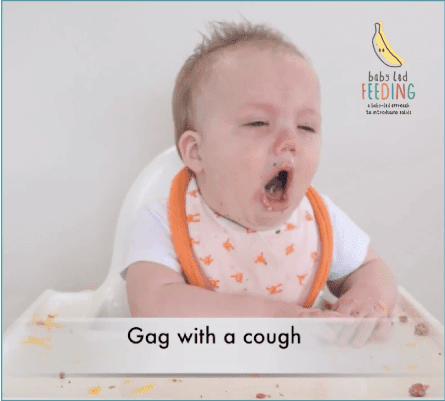
Signs of gagging include:
– Watery eyes (tears are normal!)
– Red face (from straining to push the food out!)
– Open mouth with tongue thrust forward
– Some type of noise being made from the mouth (It could be coughing, crying, belching, etc. – all these are great signs that your baby’s airway is NOT blocked!)
*Note: Gagging my sometimes lead to vomiting. This is a normal response and is usually more traumatic for parents than babies themselves.
Click here download a gagging and choking symptom cheat sheet for free! I recommend printing one of and putting in on your fridge to remind and educate the whole family. It’s perfect for a quick reference on what to look for and what to do in each case.
What do you do when your child is gagging?

Don’t over react when gagging happens
Although this is really hard to do, it’s best not to over react when your baby is gagging. This means trying to avoid panicking in front of your baby, as this may scare them and can cause mealtime to be more stressful for both of you. For the most part, babies are pretty unphased by gagging, so let’s keep it that way. Try to sit back and just let your baby work through it. Which brings me to my next point.
Never interfere with a gagging baby
Interfering by, for example, sticking your fingers in baby’s mouth to get the food out, or picking your baby up out of the high chair as they gag, will only increase the risk that the food gets pushed (or falls) back further into their mouth, which can cause actual choking! When babies are gagging, they are in control. And so the chances of them figuring it out on their own are much higher than if we interfere. Let them stay in control. The incident may take a few seconds, or a couple minutes (I know… hard to watch), but their bodies do a great job of protecting themselves, so let’s not interfere and possibly make things worse.
Speaking of worse…
What is choking?

Choking is when food moves past the gag reflex and into your baby’s airway causing partial or full obstruction of the airway. This allows little or no oxygen to get to the lungs, which means your baby will have trouble breathing. Choking is much more serious than gagging, and requires immediate intervention.
Believe it or not, the choking risk is the same for babies who are puree fed vs. those that are doing baby led weaning. The key in both situations is doing each safely, and serving food in a manner that reduces the risk of choking (read a few paragraphs down for how to do this).
Signs of Choking
Now again, we want to be able to immediately identify the signs of choking (vs. gagging) so we can act (or not act) quickly.
Signs of choking include:
– A blank stare or panicked look
– Blue skin or lips (indicating lack of oxygen to the lungs!)
– Silence or sometimes a high-pitched wheezing sound if only a small amount of air is getting through (Babies will not be able to cry or make deliberate noise though!)
– Much less dramatic than gagging – baby is usually more still
Because the signs of choking can’t be heard, it’s extremely important to always watch your baby when they’re eating so you can catch the signs quickly.
What to do when baby’s choking?

If your child is choking, you’ll want to intervene right away and begin infant CPR. I highly recommend taking a local class on infant CPR prior to starting solids with your baby to know exactly how to respond in this situation. My absolute favourite and most comprehensive online courses for child/infant CPR and choking prevention is by Safe Beginnings. It’s super thorough, taught by a certified CPR instructor, and with high quality video you can watch and practice alongside again and again. You will be prepared for the worst, should it happen, which is something truly worth investing in. Enroll in their course today, and use code MYLITTLEEATER for 20% off your course purchase.
How do I decrease the risk of choking?

Some things to ensure a safe baby at mealtime are:
- Get educated on how to offer appropriate textures and shapes of food (whether puree feeding or baby led weaning)
- Make sure your baby is developmentally ready for solids
- Have baby sitting upright during mealtime
- Minimize distractions as much as possible (tv, toys, etc.)
- Always be present when your baby is eating
- Have your baby face you when they’re eating (remember choking is silent…you need to be able to see their face)
- Never put finger foods in baby’s mouth yourself and never attempt to fish food out of their mouth
- Take an infant CPR class!
Ok – so I really hope this helps set the stage for the basics on gagging vs. choking. If you’re looking for more information on how to offer appropriate foods, videos of babies gagging, how to coach your baby through a gagging experience, and everything you’ll ever want to know about introducing solids to your baby confidently, my online course Baby Led Feeding – a baby led approach to introducing solids has got you covered!
Let me know if you have any questions – send them my way through Instagram! I’d be more than happy to help!
*Please note that the information provided above is an affiliate link.


